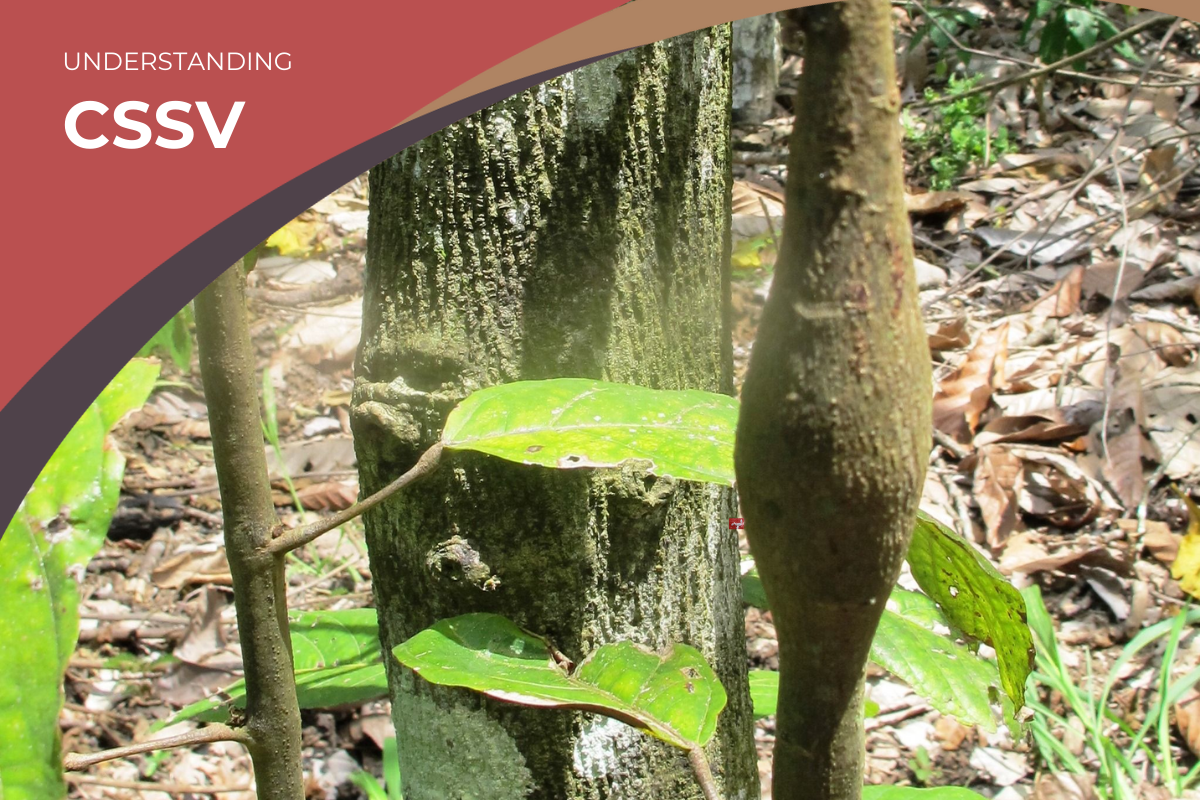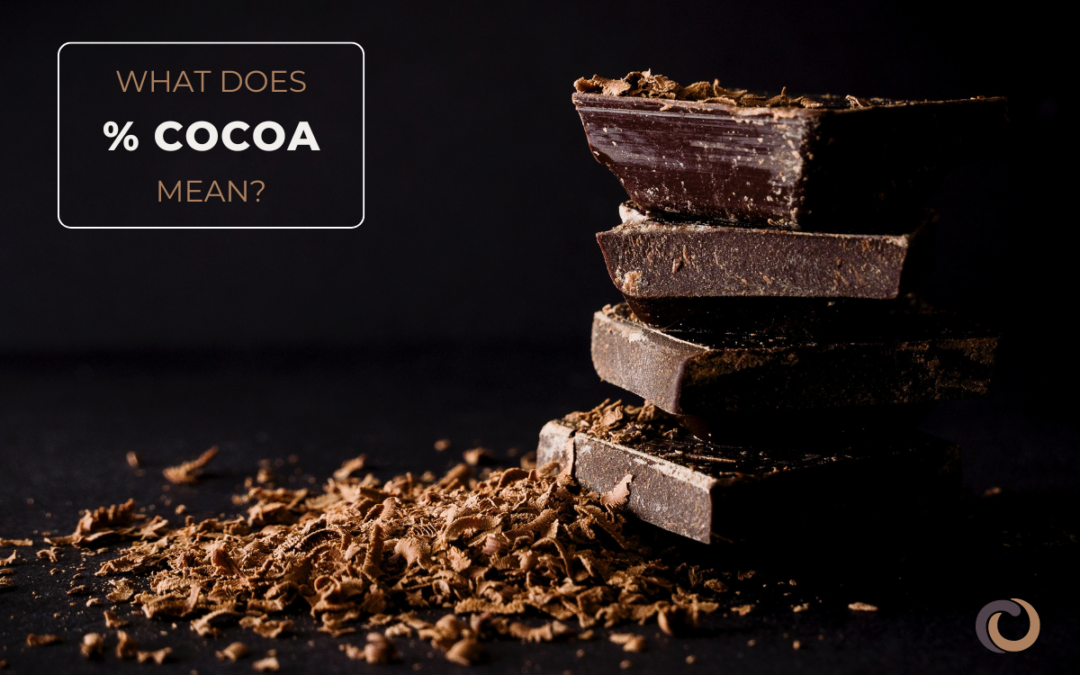Cacao trees, which provide the key ingredient in chocolate, are under threat from a serious disease: Cacao Swollen Shoot Virus (CSSV). This virus mainly affects cacao farms in West Africa, where about 70% of the world’s cocoa is grown.
Like Witches’ Broom and Black Pod disease, CSSV is a major concern because it can spread quickly through cacao plantations, putting at risk the jobs of millions of small farmers and the future supply of chocolate.
This article explains what CSSV is, how it affects cacao trees, and the future of cocoa farming.
What is Cacao Swollen Shoot Virus?
Cocoa Swollen Shoot Virus is a viral disease that harms cacao trees, particularly in West Africa. The virus can spread from tree to tree, slowly infecting an entire plantation, causing a significant drop in cacao fruit production. CSSV is spread through infected planting materials and mealybugs that move from sick trees to healthy ones.
To manage CSSV, farmers must remove and destroy infected trees, control mealybug populations, and use quarantine measures to stop the virus from spreading.
This disease is a major threat to cocoa production, affecting both farmers’ incomes and the global chocolate supply.
Historical overview of CSSV outbreaks
Theobroma Cacao, otherwise known as the cacao tree, was brought to West Africa from South America in the nineteenth century. Cacao Swollen Shoot Disease (CSSD) was first identified in Ghana in 1936 and later found in Nigeria, Côte d’Ivoire, Togo, and Sierra Leone.
The discovery of new outbreaks caused by CSSV in Côte d’Ivoire in 2003, after the disease was thought to be eradicated in the late 1950s, raised concerns about the sustainability of Ivorian cocoa production.
The impact of CSSV on cocoa production
In 2024, CSSV has been affecting cocoa production, particularly in West Africa (Togo, Ghana, and Nigeria). It has impacted over 200 million trees, leading Ghana to undertake the world’s most ambitious and expensive eradication effort against a plant virus.
Other factors are also contributing to decreases in cocoa production (which has caused cocoa prices to soar in recent months to an all-time high), such as prolonged El-Niño conditions and extreme weather patterns due to climate change. In Ghana, the problem is worsened by illegal small-scale mining activities that destroy cacao plantations.
What are the transmission mechanisms and symptoms of CSSV?
Cocoa Swollen Shoot Virus mostly spreads when infected plants are transported by farmers and others who move plant materials from location to location. It is also transmitted by insects, such as mealybugs. These bugs feed on the sap of cacao trees and pick up the virus from infected trees. When they move to other trees, they can transmit the virus, infecting otherwise healthy plants.
The symptoms of CSSV are:
- Swollen Shoots: The clearest sign of the disease is when new shoots on trees swell up and grow twisted or abnormal.
- Leaf Discoloration: Trees that are infected often develop yellow leaves that might later turn red or purple.
- Dieback: The branches and smaller shoots of infected trees might begin to die, causing the tree to grow less and have fewer leaves.
- Reduced Yield: Sick trees won’t be able to support as many cacao pods, causing a significant drop in pod production. The quality of the cocoa beans may also be lower due to the poor health of the tree.
- Tree Death: In serious cases, CSSV can kill the cacao tree, leading to whole plantations being lost.
What’s the future of cocoa farming amid CSSV challenges?
In the face of CSSV, the future of cocoa farming is uncertain but there are calls for taking proactive steps to ensure long-term sustainability. CSSV isn’t the first disease to impact the cocoa industry and it won’t be the last. Key actions include investing in research to develop cacao trees that are resistant to CSSV, implementing pest management methods to reduce transmission, and helping farmers find other ways to earn money to lessen the impact of CSSV on their income.
It’s important to train farmers so they understand how to deal with the disease, and international cooperation is crucial for sharing knowledge and support. Governments must also support farmers, implement regulations to help manage CSSV and promote sustainable cocoa farming.
By tackling these challenges together, we can secure the future of cocoa farming, supporting farmers and keeping a steady supply of cocoa for everyone who loves chocolate.
For more great articles and recipes, check out the rest of our CocoTerra blog.
If you have any questions or comments, feel free to contact us through our social media channels. We are @cocoterra_co on Instagram and Pinterest and @cocoterraco on X (aka Twitter) and Facebook.








